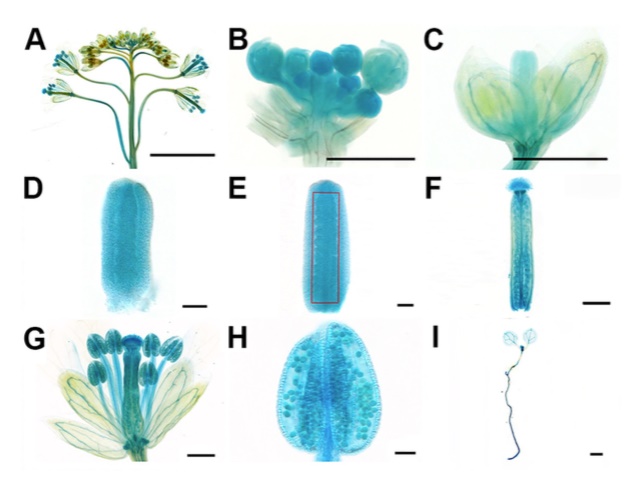
NERD1, a novel regulator of ovule number in Arabidopsis (PLOS Genetics)
Plant Science Research WeeklySeed number is a critical component of crop yield; the number of ovules determines the number of seeds. Ovule initiation in the carpel margin meristem (CMM) is controlled by genetic (i.e., AINTEGUMENTA, LEUNIG, SEUSS) and hormonal factors (auxins, cytokinins, gibberellins, and brassinosteroids). Most…
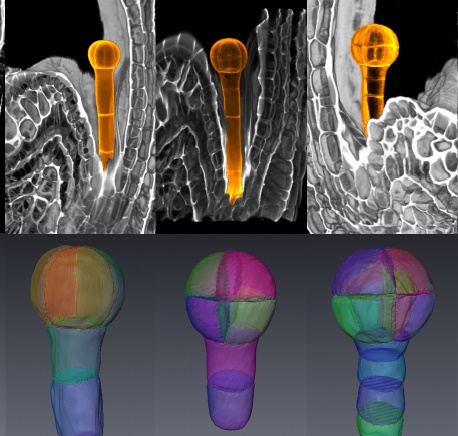
Cell geometry determines symmetric and asymmetric division plane selection in Arabidopsis early embryos (PLOS Comp Biol)
Plant Science Research Weekly
Cells proliferate via symmetric divisions while asymmetric divisions are associated with new cell types, layers and developmental patterns. The correct orientation of cell divisions planes is required for plant tissue architecture and organ morphogenesis. In plants, previous attempts to predict division…
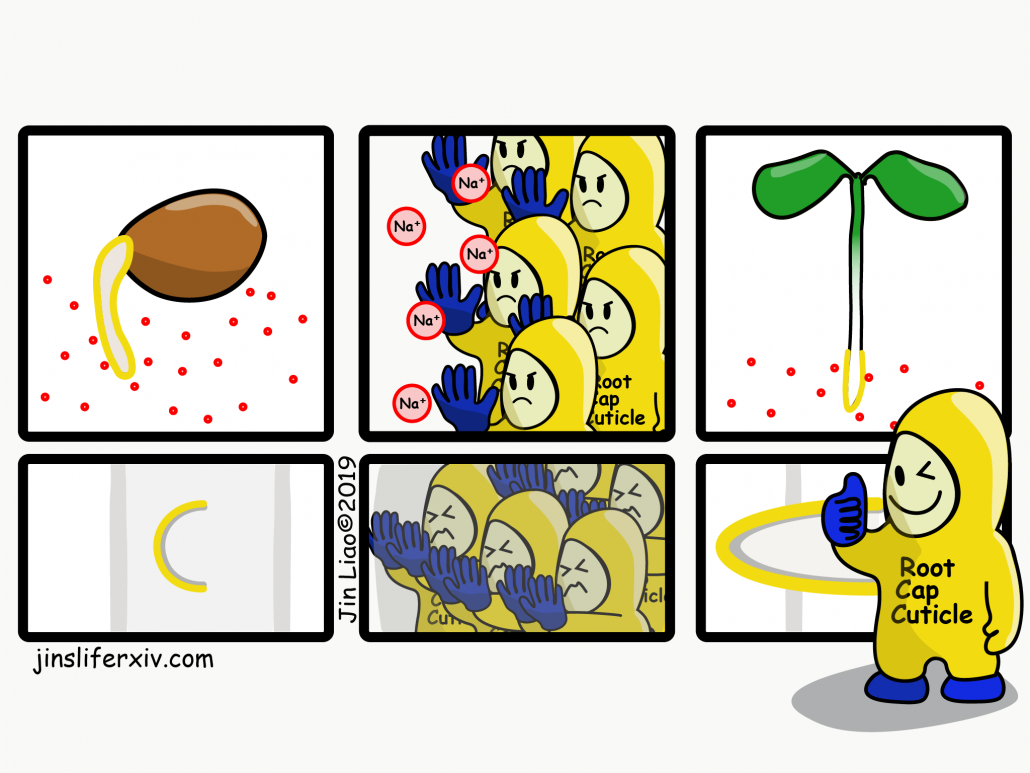
Cuticle is found in the root! The root cap cuticle protects young roots from abiotic stress and helps lateral root outgrowth (Cell) ($)
Plant Science Research WeeklyTo adapt to life on land, plants developed lipid-derived modifications on the surface of aerial organs (shoot). The cuticle forms a multi-layered structure of lipid components at the outermost surface of the organ to protect plant cells from environment stresses. Roots, as the organ specialized for the…
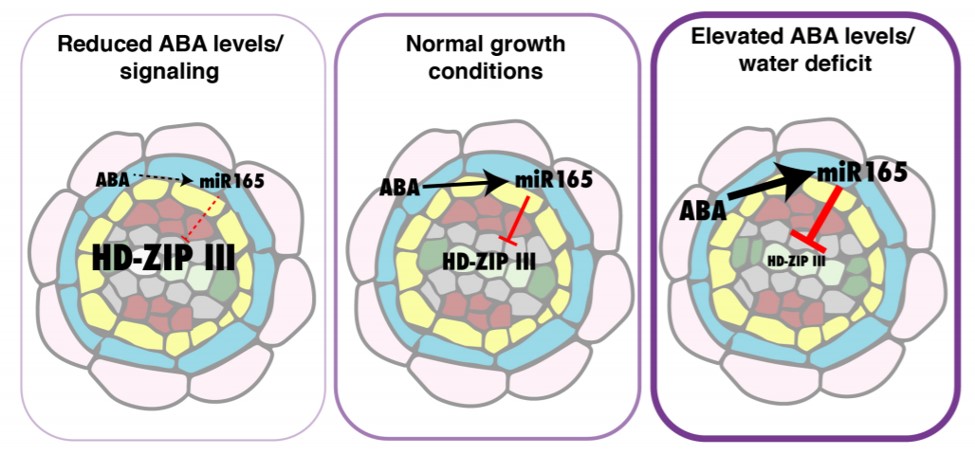
Root xylem formation and vascular acclimation to water deficit involves endodermal ABA signaling via miR166 ($) (Development)
Plant Science Research WeeklyAbiotic stress influences plant development, with the phytohormone ABA playing an important role. Ramachandran et al. have demonstrated ABA mediated activation of microRNA 166, which regulates expression levels of the HD-ZIP III transcriptional factor family. Exogenously supplied ABA alters xylem patterning…
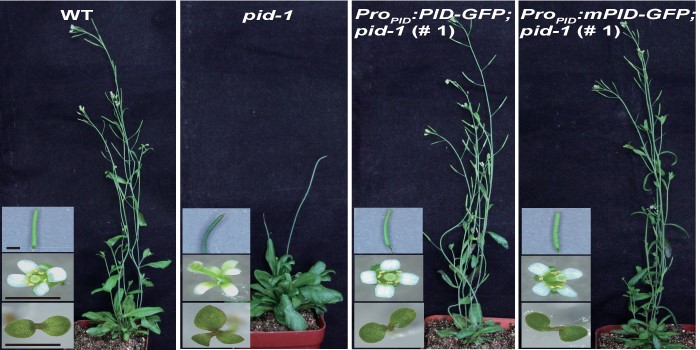
Lipids and Auxin Signaling in Plant Salt Responses
Research, The Plant Cell, The Plant Cell: In a NutshellWang et al. highlight the importance of lipid protein interactions in spatiotemporal regulation of auxin signalling. Plant Cell https://doi.org/10.1105/tpc.18.00528
By Peipei Wang and Qun Zhang
Background: Salt stress inhibits plant growth and development, leading to many physiological reactions.…
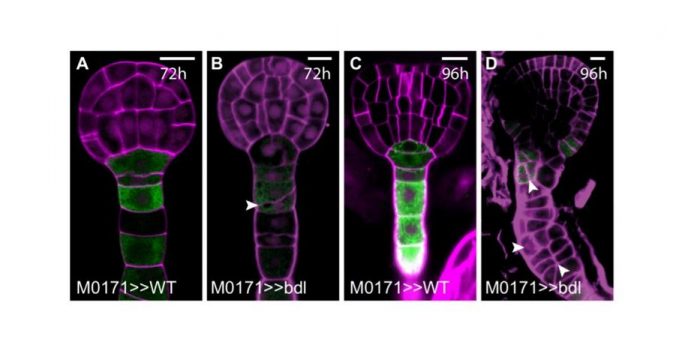
A Transcriptional Module Regulates Embryo and Suspensor Development
Research, The Plant Cell, The Plant Cell: In a NutshellRadoeva et al. investigate a transcription module that controls aspects of embryogenesis in plants. Plant Cell https://doi.org/10.1105/tpc.18.00518.
Background: After the start of embryo development in plants, which is marked by fertilization of the egg cell, the resulting zygote divides asymmetrically…
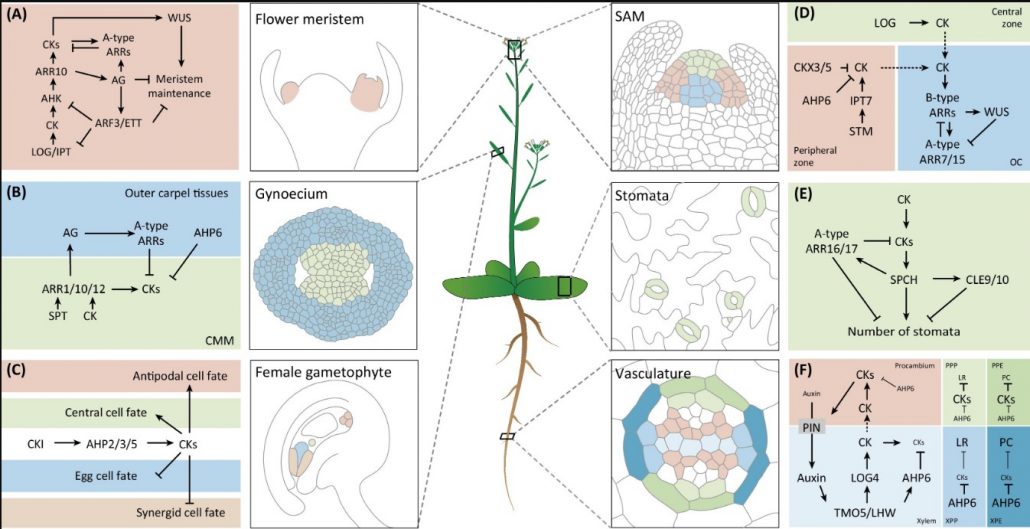
Review: Cytokinin – A developing story (Trends Plant Sci) ($)
Plant Science Research WeeklyWith its diverse chemical structures, the phytohormone cytokinin is significant from embryogenesis to the maturation of plants. In this review, Wybouw and De Rybel highlight in detail cytokinin signaling in multiple plant developmental process including shoot, flower, stomata, root and vascular development.…
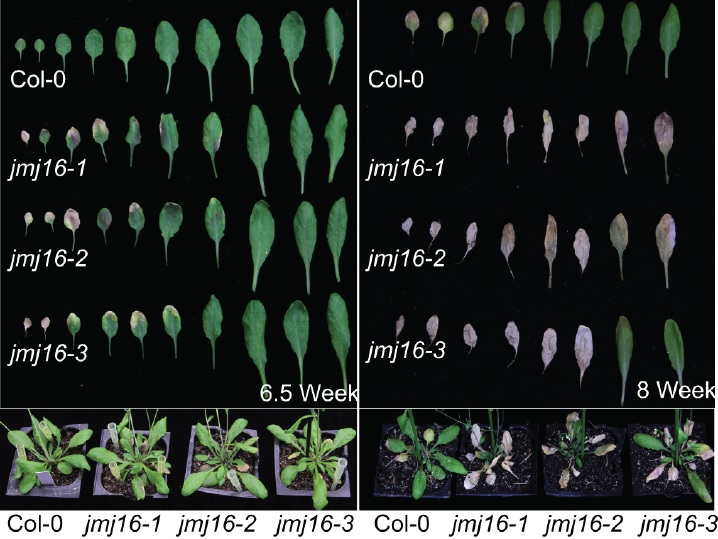
Leaf senescence in Arabidopsis thaliana is regulated by a histone H3K4 demethylase (Plant Cell)
Plant Science Research WeeklyLeaf senescence is the final stage of leaf development where the organ turns yellow and programmed cell death occurs. While it is generally understood that the regulation of senescence associated genes (SAGs) is dependent on the trimethylation of histone H3 at lysine 4 (H3K4me3), the exact mechanism…
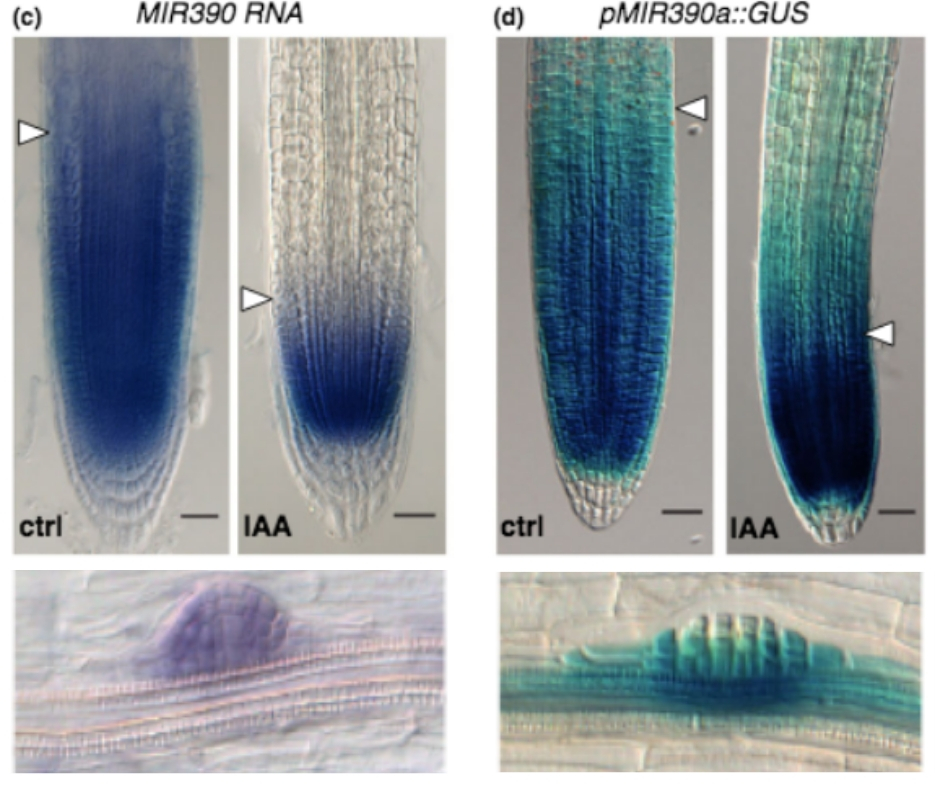
ARF5/MONOPTEROS directly regulates miR390 expression in the Arabidopsis thaliana primary root meristem (Plant Direct)
Plant Science Research WeeklyPrevious studies have indicated that auxin controls gene expression via regulatory transcriptional networks, mediated by a family of DNA-binding auxin response factors (ARFs) that bind to auxin response DNA elements (AuxREs) in the promoters of genes. In this study, Dastidar et al. investigated the…

